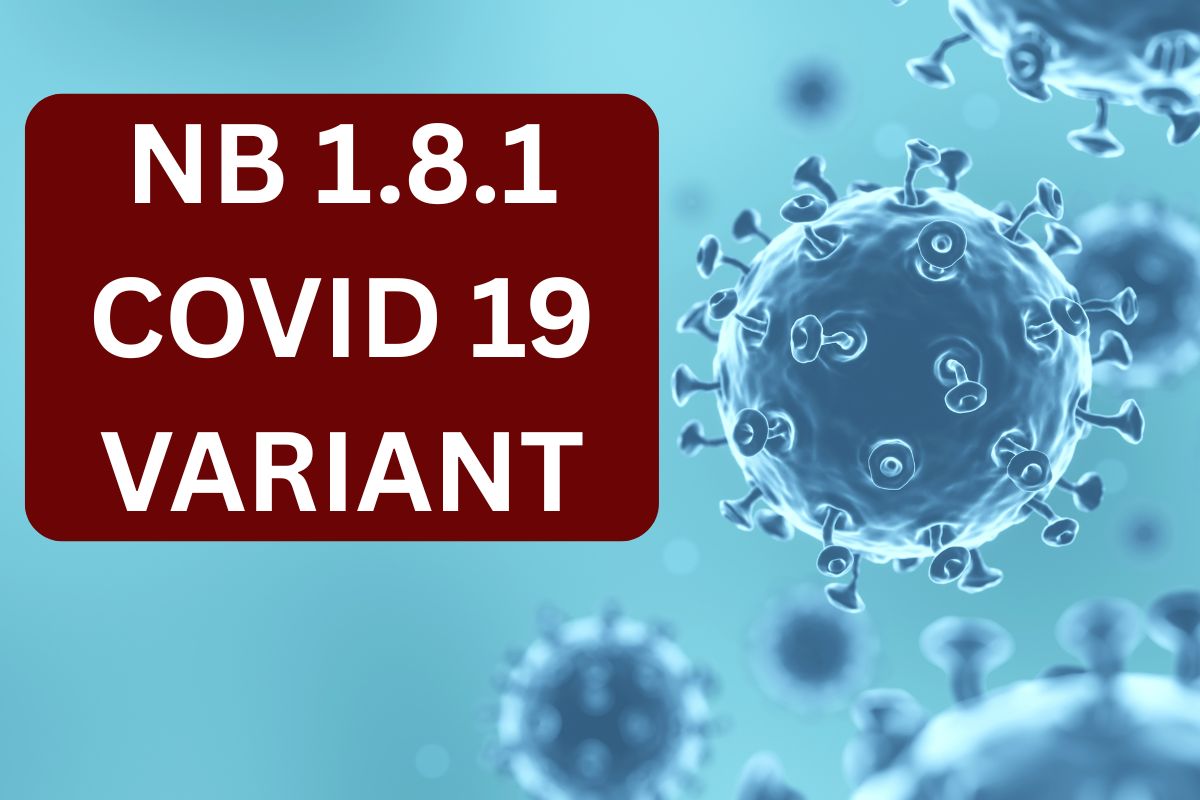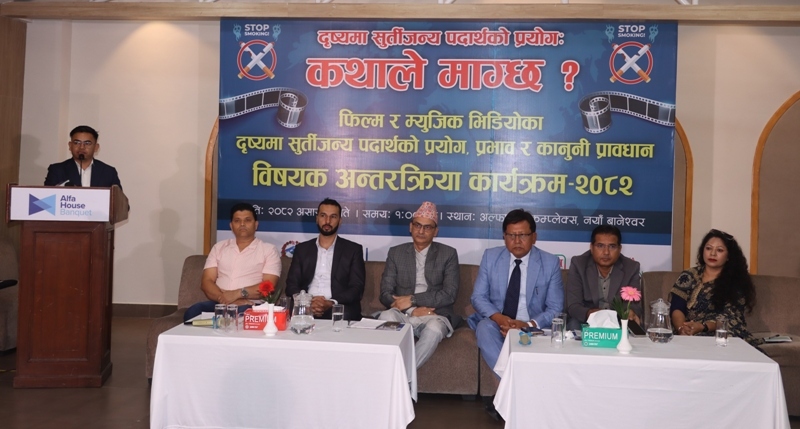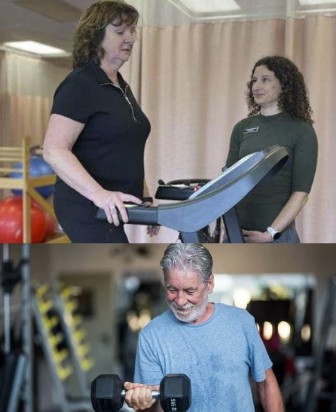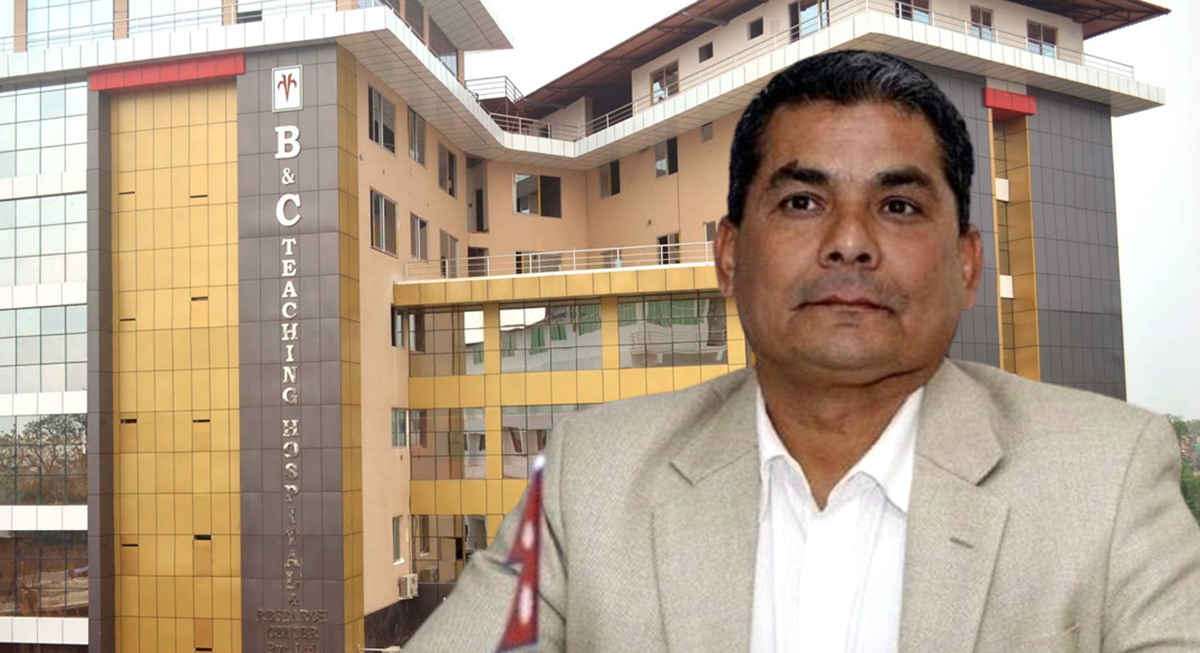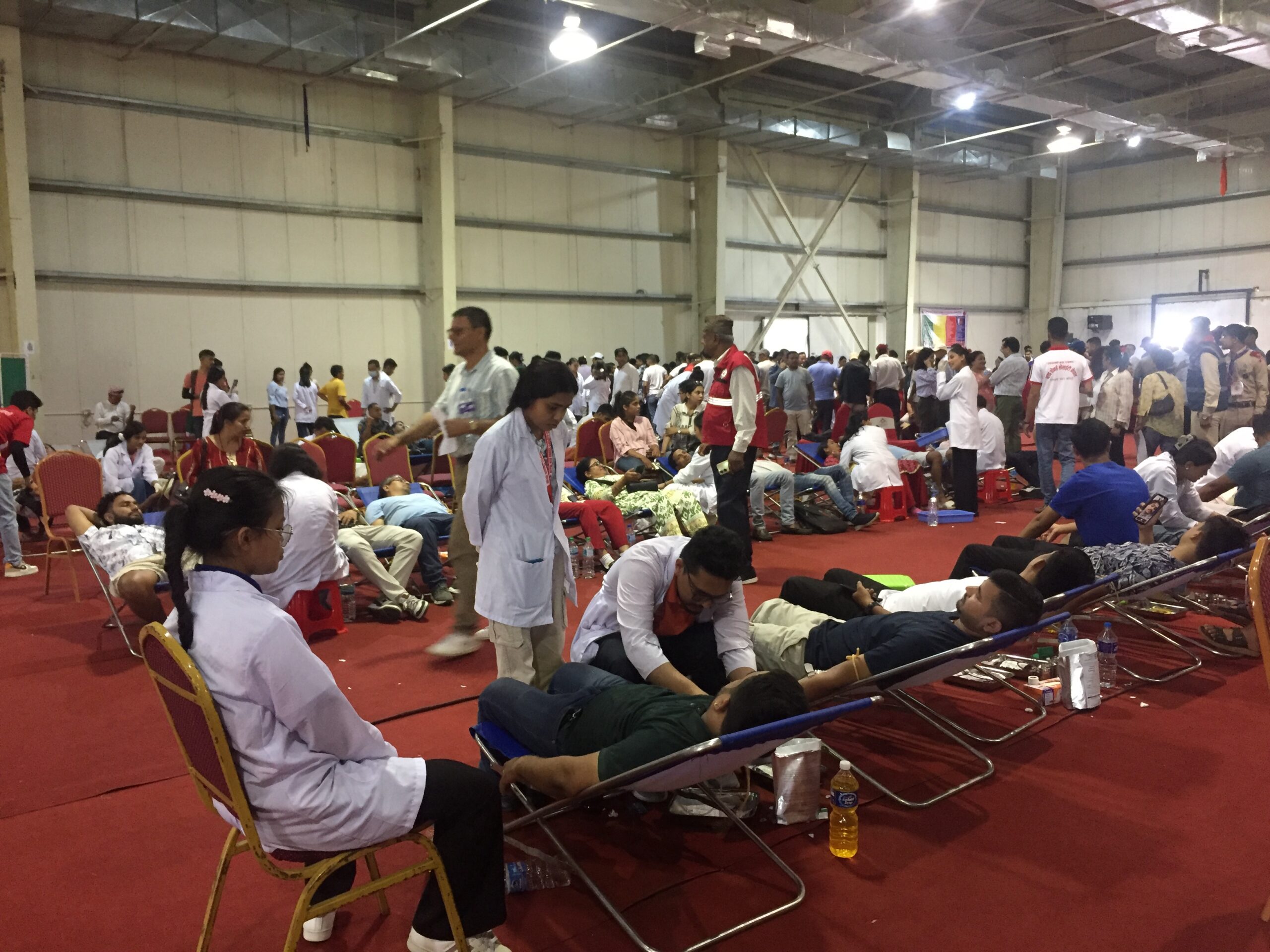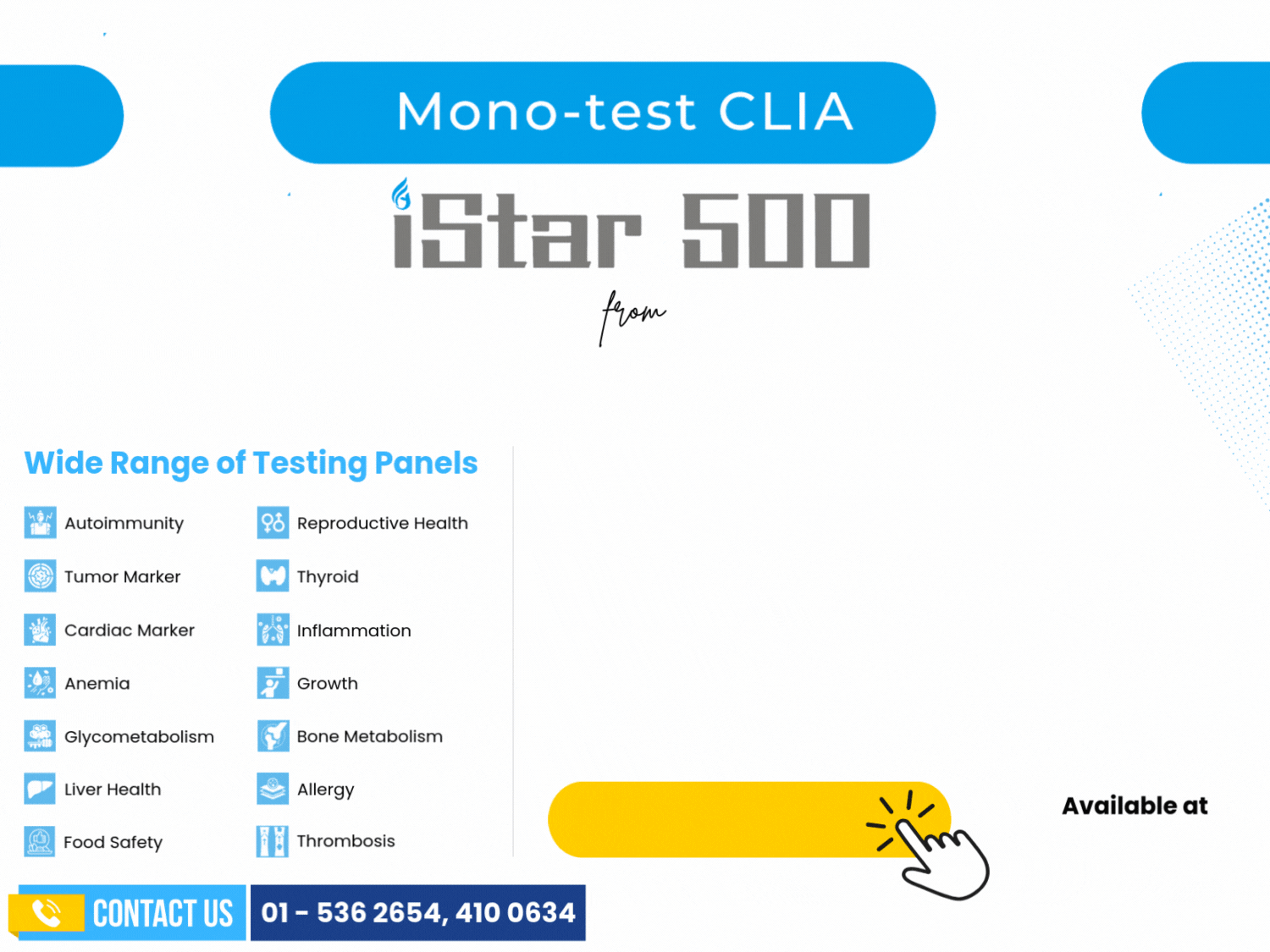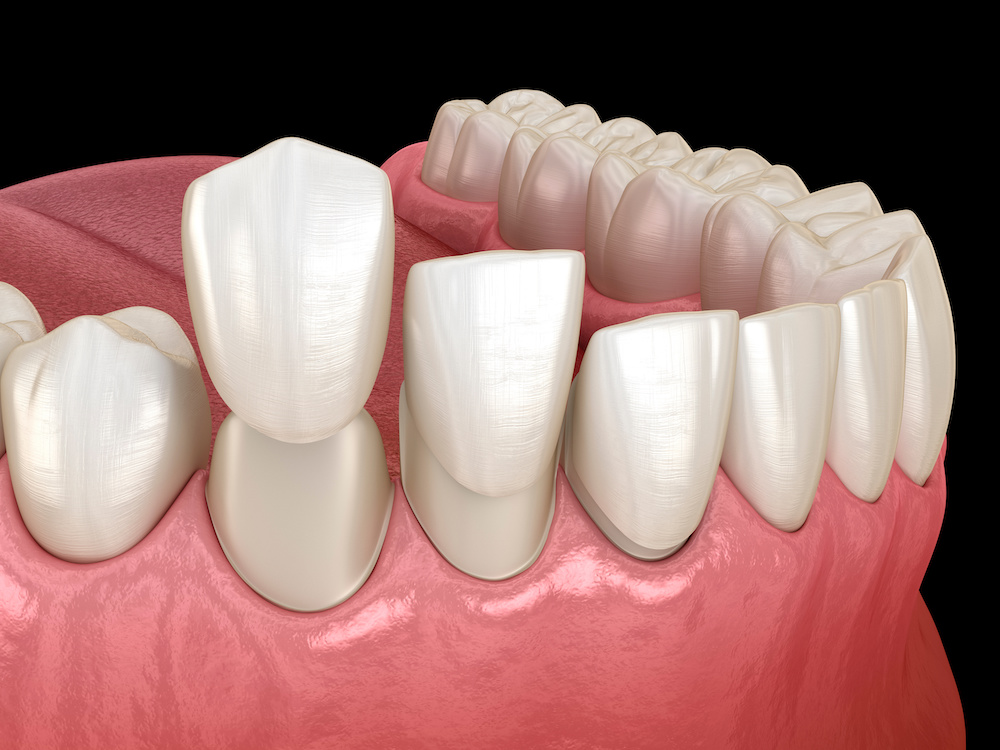
Adults could grow their own replacement teeth instead of relying on fillings, according to a major research breakthrough. The study offers a promising pathway toward natural dental treatment and tooth repair.
While animals like sharks and elephants can continuously grow new teeth, humans only have one set in adulthood. The ability to regenerate human teeth would be a significant leap forward in dentistry.
Unlike fillings and implants, which are artificial and fixed solutions, a lab-grown tooth made from a patient’s own cells could naturally integrate into the jaw and repair itself like a real tooth.
Leading this groundbreaking research is a team at King’s College London, where scientists have been exploring the potential of lab-grown teeth for over a decade.
Xuechen Zhang, from the Faculty of Dentistry, Oral & Craniofacial Sciences at King’s College London, explained, “Fillings aren’t the best solution for repairing teeth. Over time, they weaken tooth structure, have a limited lifespan, and can lead to further decay or sensitivity. Implants require invasive surgery and a good combination of implants and alveolar bone. Both solutions are artificial and do not fully restore natural tooth function, potentially leading to long-term complications.
Lab-grown teeth would naturally regenerate, integrating into the jaw as real teeth. They would be stronger, longer-lasting, and free from rejection risks, offering a more durable and biologically compatible solution than fillings or implants.”
In the latest study, the team at King’s, in collaboration with Imperial College London, made a significant discovery about the environment needed to grow teeth in the lab. They introduced a special type of material that enables cells to communicate with each other—meaning one cell can effectively ‘tell’ another to start differentiating into a tooth cell. This replicates the natural tooth development process and allows scientists to recreate it in the lab.
Zhang added, “We developed this material in collaboration with Imperial College to replicate the environment around the cells in the body, known as the matrix. This meant that when we introduced the cultured cells, they were able to send signals to each other to start the tooth formation process. Previous attempts had failed because all the signals were sent in one go. This new material releases the signals gradually, replicating what happens in the body.”
Now that the right environment to grow teeth has been created, scientists face the next challenge: how to bring them from the lab to patients’ mouths.
“We have different ideas for placing the teeth inside the mouth,” said Zhang. “We could transplant the young tooth cells directly into the missing tooth area and let them grow inside the mouth. Alternatively, we could create the whole tooth in the lab first and then place it inside the mouth. In either case, we need to begin the early development process in the lab.”
This research is part of a wider effort in regenerative medicine, which aims to use biology to heal or replace damaged body parts. Rather than relying on artificial materials like metal implants or dentures, scientists are exploring ways to grow natural replacements using stem cells and bioengineered environments.
Dr. Ana Angelova Volponi, corresponding author of the paper, said, “As the field progresses, the integration of such innovative techniques holds the potential to revolutionize dental care, offering sustainable and effective solutions for tooth repair and regeneration.
swasthyaadmin
Published: April 15, 2025


